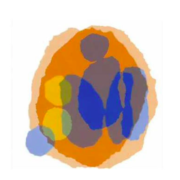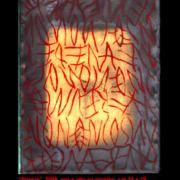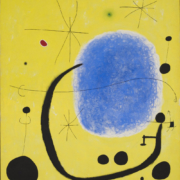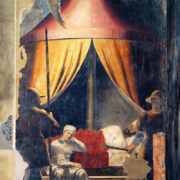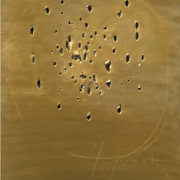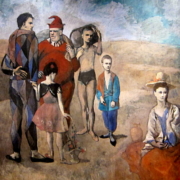The psychoanalytic approach of the baby observation in the family, what does it provide to the group?
Abstract
The author explains why the observation of the newborn in the family, according to the method of Esther Bick, represents a resource for associative work and the group psychoanalysis.
It first illustrates the different types of observation and then he situates this procedure alongside a subjectivizing process and recalls the important role of observation in the institutional clinic.
The author then presentes this particular analytic formation, which follows the Read more

